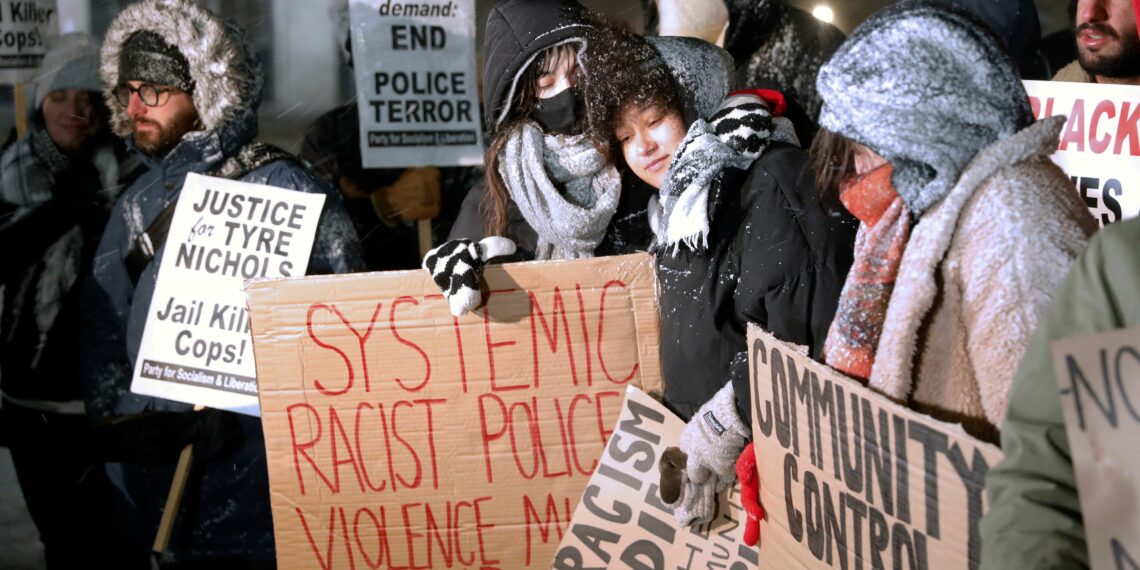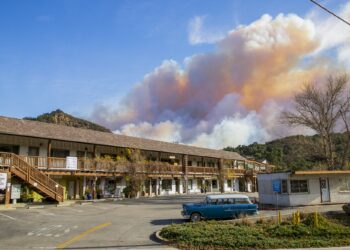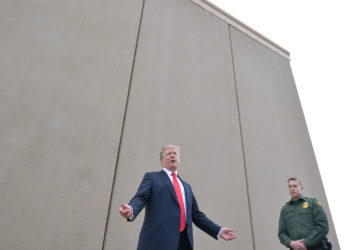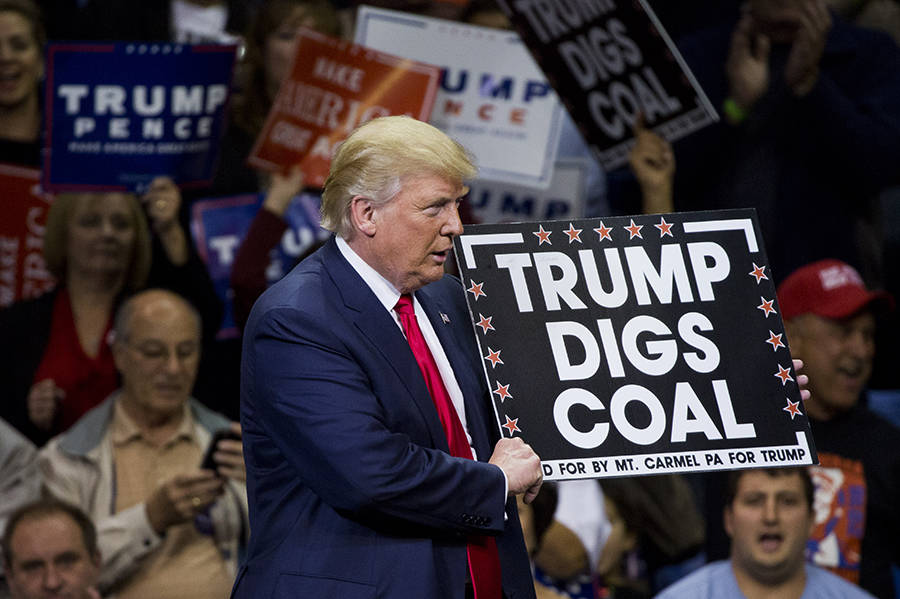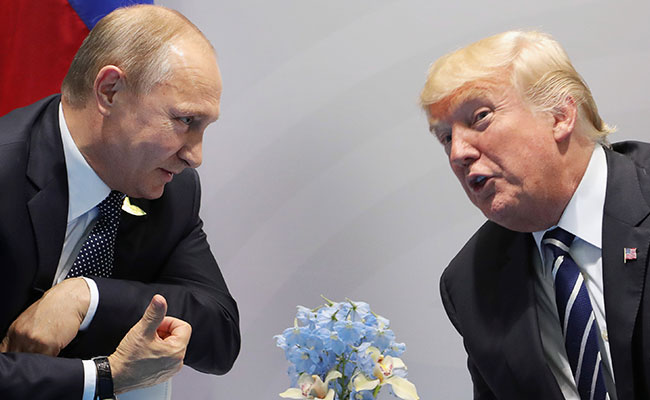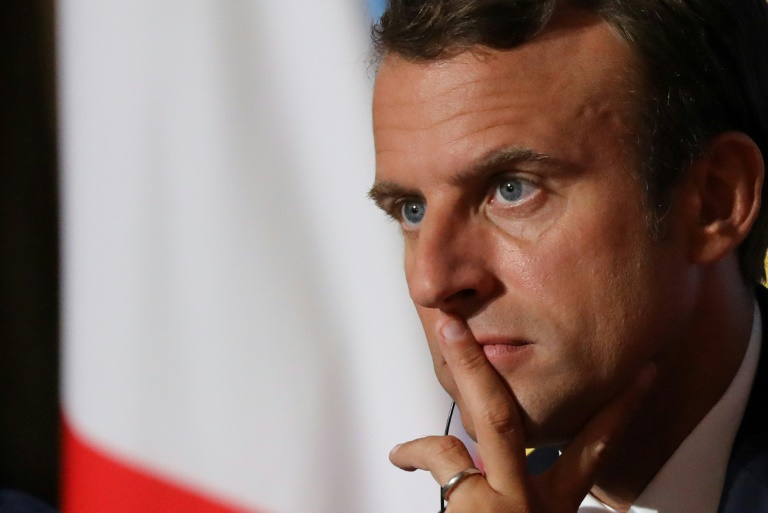The nation is once again going through a gut-wrenching reaction to unspeakable police violence in the Tyre Nichols case.
Questions are sometimes raised as to whether society is at a point where it wants to change for the better with regard to various forms of extreme violence. Often, we see the typical pattern of people saying that these events can’t be allowed to continue, with political leaders doing their own version of proclaiming the horror and unacceptability of it all. And aside from appointing some commissions that generate long reports that few read, not too much has changed.
Likewise with police brutality.
The deeper questions regarding the Tyre Nichols and similar cases remain unspoken. How do such microcultures within police departments develop and maintain themselves where extreme brutal violence is normalized?
While not making excuses or trying to justify such brutality, we need to look at the major and minor driving forces involved, short- and longer-term. But let’s be 100 percent clear on this. The five police officers charged with murder (and others nearby who enabled these behaviors) are NOT victims. They are perpetrators of unspeakable violence and must be held accountable.
Normalization of Police Brutality
In the absence of hard evidence, we can only make informed speculation based on related knowledge about human emotion and behavior and group dynamics. I would suggest the normalization of brutality by police can develop for a combination of reasons such as:
Officially sanctioned “get-tough” policies;
A growing disenchantment, resentment, and disinvestment in the system of criminal justice in the country, where it is felt that too many escape accountability over technicalities and the police need to take the law into their own hands;
A gradual type of professional burnout, having dealt with countless individuals who are seen by many as repeat criminals and the “undesireables” in society, where a “glass half empty” view of humanity develops, expecting the worst from people;
Intersection with explicit and subtle forms of prejudice and bias around color and perceived social class, where there can be multiple issues involving broader systemic racism and individual level racism that may directly or indirectly impact victims of police brutality;
Growing frustration with one’s job, with anger and resentment over feeling impotent to change things and feeling marginalized and unappreciated for risking one’s life to protect the public;
Experiencing a range of microaggressions from colleagues and supervisory officials, being the recipient of perceived mistreatment or personal injustices, perceived lack of equity within the police department with favoritism and discrimination, and a gradual disintegration of bonding and connectedness to the profession and thirst for “revenge.”
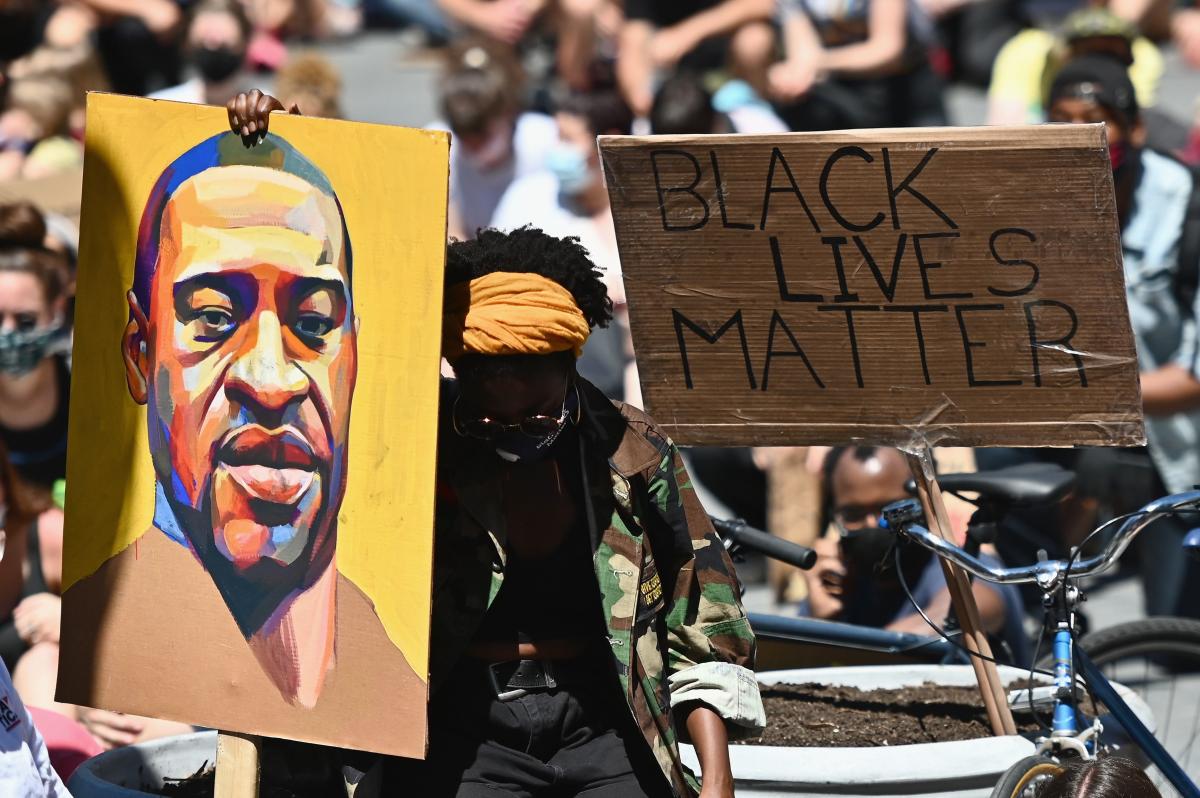
Or does it reduce in large part to the psychological unfitness of some police officers for the job? Do people who are more open to dominating others with force tend to enter this profession? Alternatively, do we need to reimagine policing more generally, stressing some new approach to a community policing model?
Are we asking too much of police? Do we need to reconceptualize their function in our communities? For example, should we be having police handle domestic partner disturbances, drug/alcohol issues, or severe mental health crises?
The degree to which factors such as these are in play and their impact remain unclear. But if we are truly interested in change for the better, ending police brutality, we need to better understand how this happens and what types of changes and support systems will prevent its development. That’s hard, long-term work.
Disclaimer: The views and opinions expressed here are those of the author and do not necessarily reflect the editorial position of The Globe Post.

